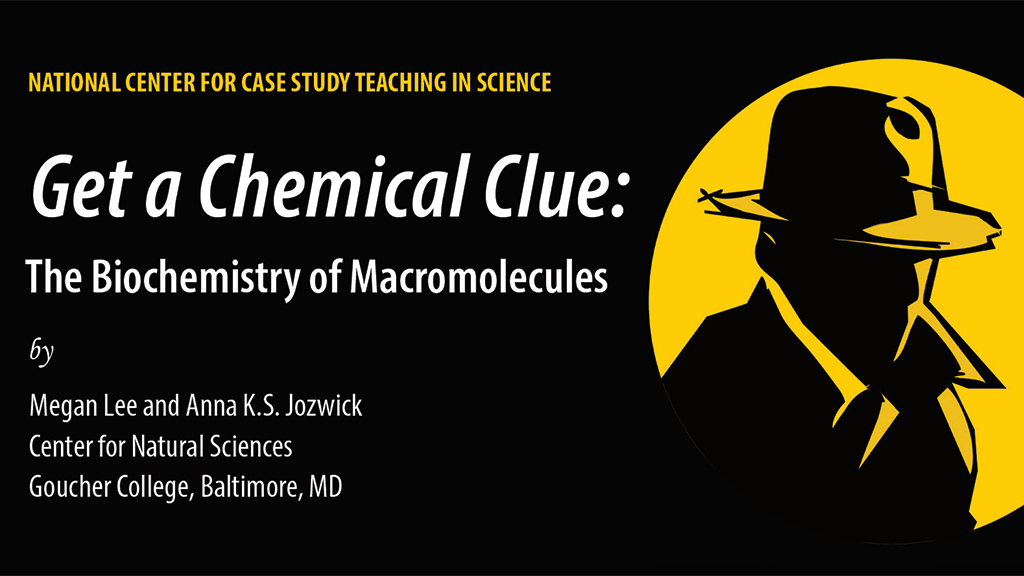Abstract
This interrupted case study follows the story of “Miriam,” a first-year biology student who draws inspiration from her favorite detective show to help her study for class. Students take on the role of “chemical detective,” learning to use structural clues to classify a macromolecule as a protein, lipid, carbohydrate, or nucleic acid. They are also encouraged to think critically about how a molecule’s structure relates to its chemical properties, and by extension, its biological function by completing a variety of tasks. A PowerPoint presentation is also available to structure the class discussion and assess student understanding of the material. The case is targeted towards high school students or introductory-level undergraduates and is designed to supplement an introductory lesson on biological macromolecules.



